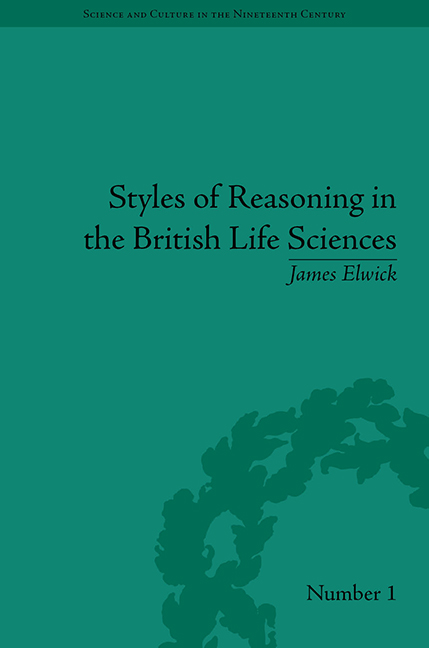2 - Analysis Part Two
Summary
The previous chapter examined the style of analysis:synthesis and touched on its relationship with compound individuality. This chapter looks more closely at the neurosciences between 1830 and 1845, in which analysis progressively disintegrated the nervous system. One example was the emergence of the reflex arc. Fields to be examined include orthodox topics such as neuroanatomy and neurophysiology, and heterodox ones like phrenology. Neuroscientists saw animals as disunified when trying to answer certain analytic questions: what were the nervous elements that made up volition? Was there a central ‘seat’ in which these nervous elements were combined? If so, where was it; and if it was removed, what happened to the rest of the body? Lower animals seemed to lack the same mental characteristics as higher ones, such as volition – so how did their body parts move? Why did these parts often display an independent agency? If one denied a central coordinating location for nervous elements in lower animals, then how did these quasi-independent body parts act harmoniously?
Analytically-minded neuroscientists were therefore faced with the problematic of collective action. How could they reconcile the seeming independence of body parts with their harmonious contribution to the good of the entire individual? To answer such a question, different images were used. Body parts were seen as parts of a musical instrument, or they were depicted as linked by the ‘telegraph wires’ of the nerves. But the most common tactic was to see body parts as members of a social system, cooperating with (or being forced to cooperate with) other parts. Victorian life researchers were using similar tactics to those used by contemporary economists and political philosophers. Just as a society could be disintegrated into myriad individuals – each with their own interests – so too could an individual organism be seen as though it was a group of parts.
Neurophysiology as Analysis: Vivisections
Historian William Randall Albury portrays Bichat and François Magendie as analysts, French researchers who saw an organism's life as the sum of its independent parts.
- Type
- Chapter
- Information
- Styles of Reasoning in the British Life SciencesShared Assumptions, 1820–58, pp. 43 - 64Publisher: Pickering & ChattoFirst published in: 2014

